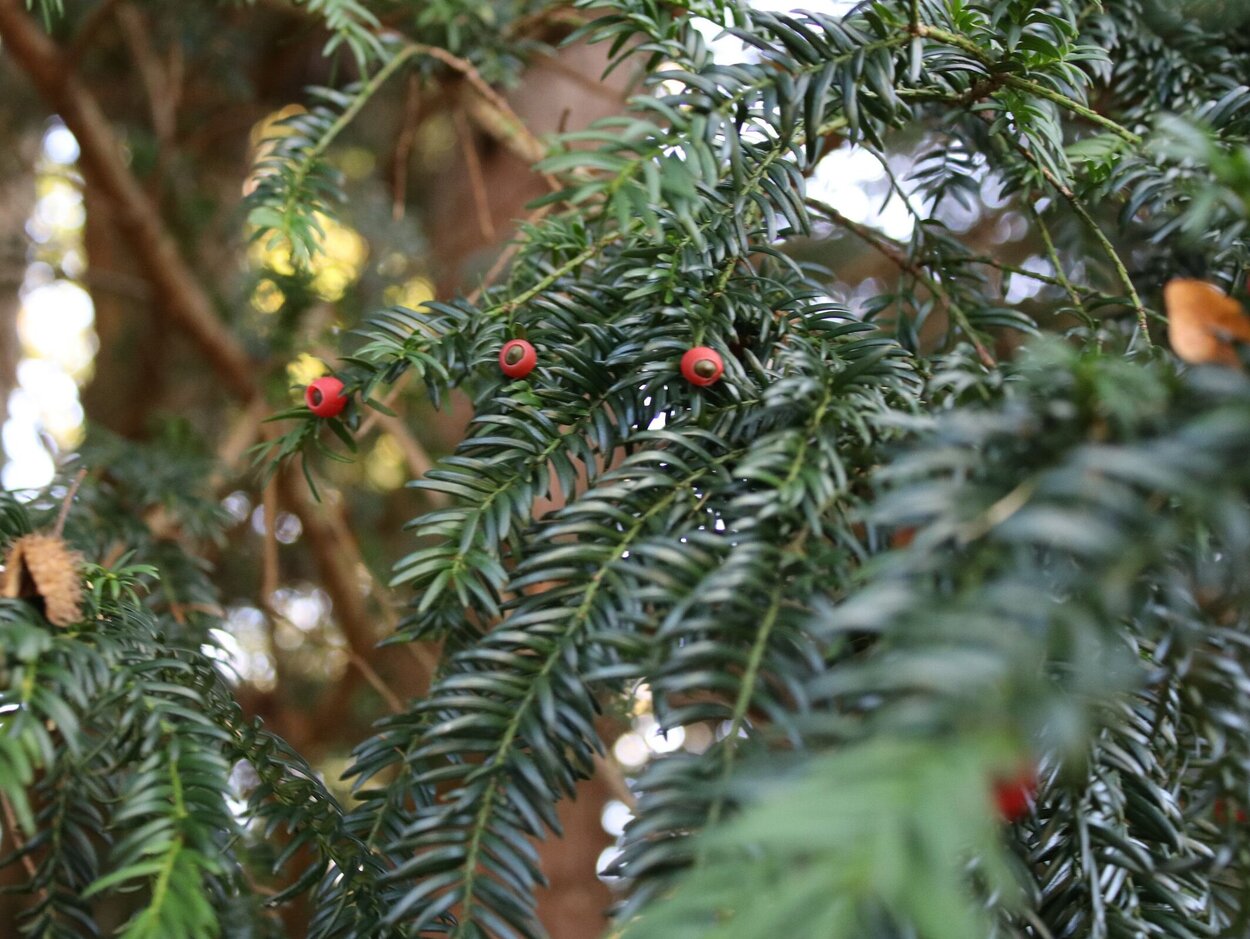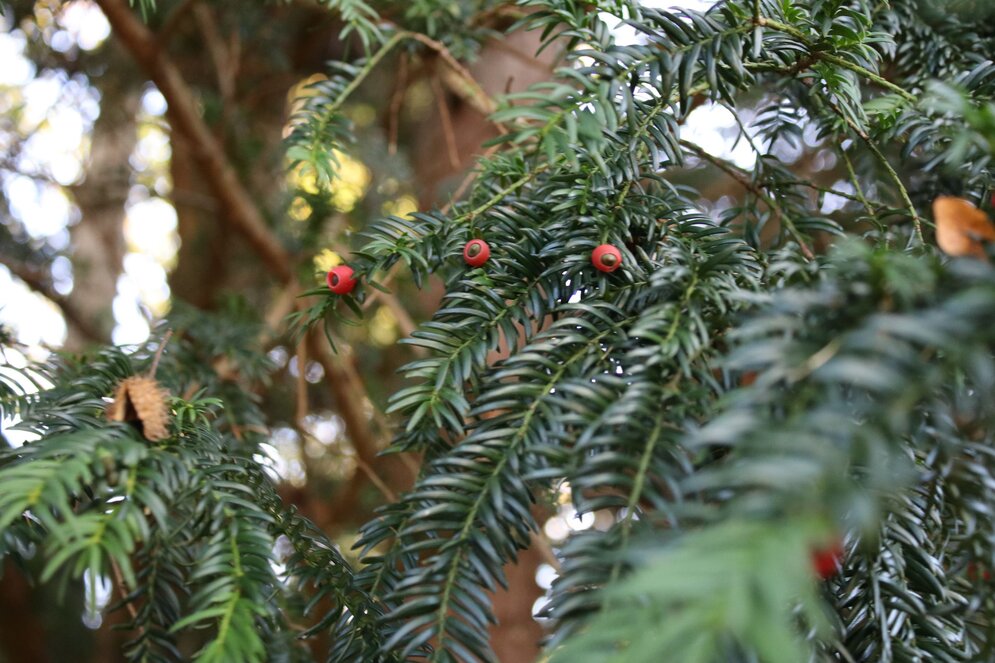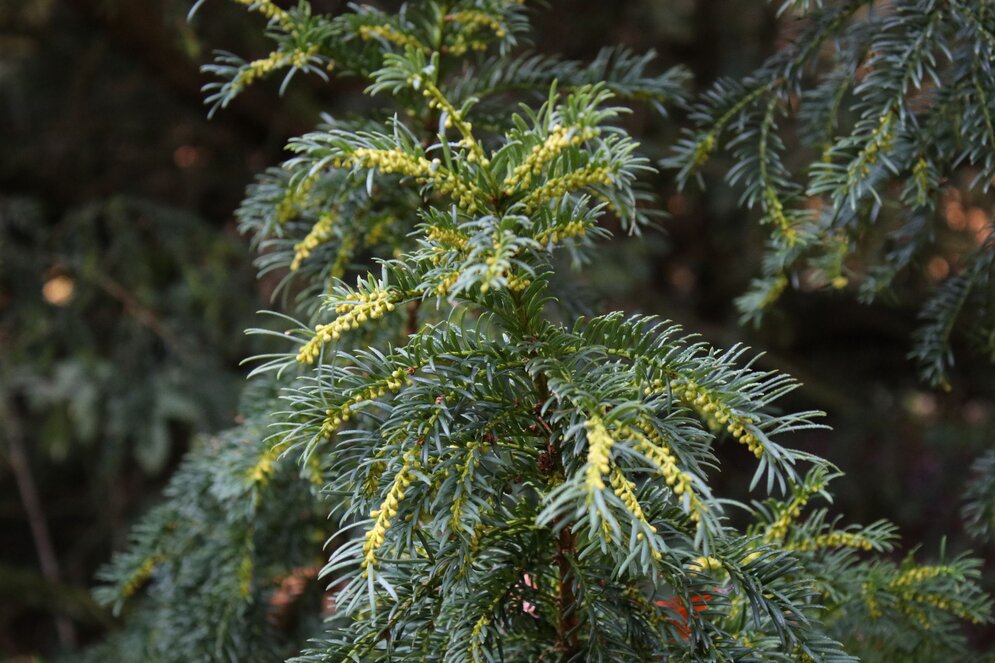DFG project TaxGen on the genomics of sex determination in yews
Sexual specialization in plants has fascinated scientists for decades. One of the important questions is: what is the genetic basis for sex determination in the different dioecious plant species? Recently, advances in high throughput sequencing have provided exciting answers to this question for various dioecious angiosperm species and have demonstrated that single genes may function as master regulators of sex determination (e.g., in Diospyros and Populus). These results supported one-factor models for the evolution of dioecy as an alternative to the classic two-factor model.
The extraordinarily large genomes of gymnosperms (yew: approx. 11 Gb) make genome sequencing more difficult in comparison to the usually smaller genomes of angiosperms. Our project partner, the DRESDEN-concept Genome Center, will produce highly accurate and long sequences from a male and a female yew tree and generate chromosome-based reference genomes. In addition, long-sequence RNA sequencing data from selected yew tree tissues will be used to identify the genes of these reference genomes and to predict their function. The sex-determining region in the yew genome will then be determined by resequencing further male and female individuals. Quantitative RNA sequencing should support the search for sex-determining genes. Based on the respective sex-specific regions in the genome of male and female yew trees as well as on the sex-determining genes, the development of molecular markers is planned that will allow sex determination before sexual maturity, which only occurs after more than 15 years. These markers would be very helpful, among other things, in the context of the designation of gene conservation areas for the yew, since stands with a balanced sex ratio are desirable.
More information about the TaxGen project on the project page.

![[Translate to English:] [Translate to English:]](/media/_processed_/f/3/csm_2022_Titelbild_gross2_Saatgut_in_Hand_9ffb8f5748.jpg)
![[Translate to English:] [Translate to English:]](/media/_processed_/f/3/csm_2022_Titelbild_gross2_Saatgut_in_Hand_c17270fcc0.jpg)








